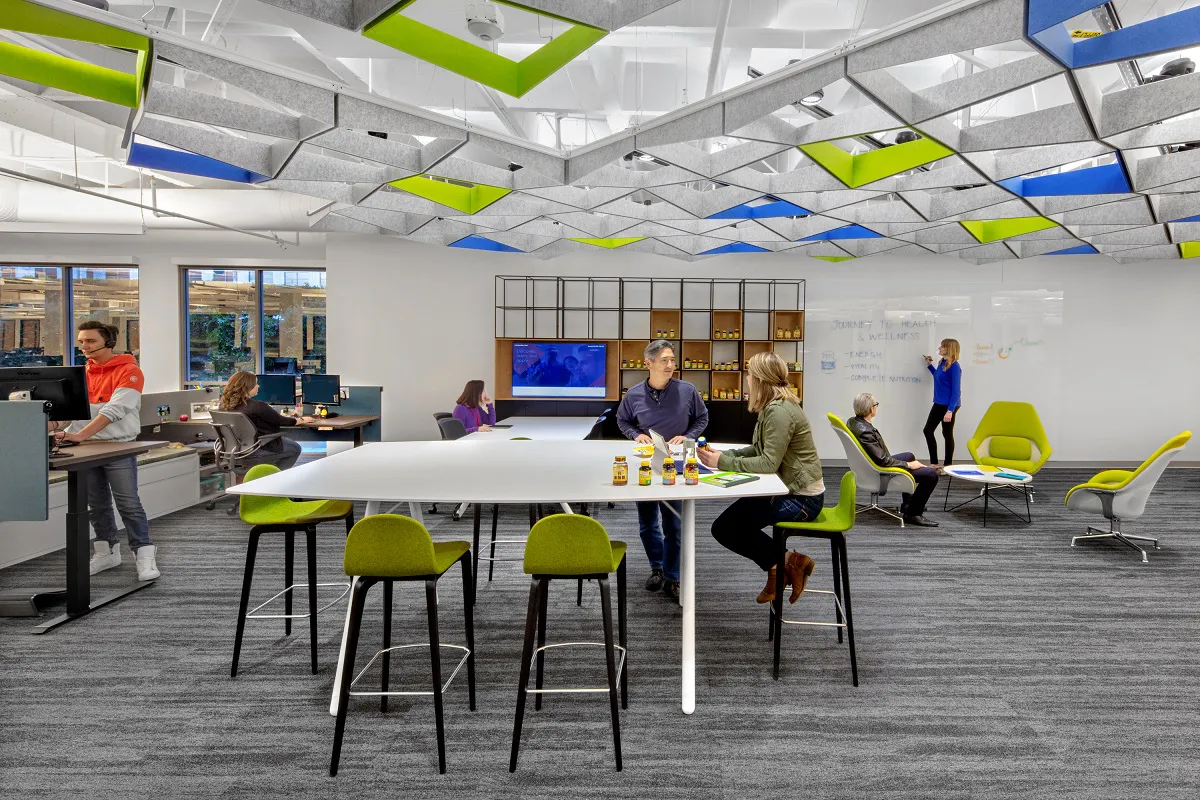
The New Emotional Landscape of the Workplace
Over the last few years, the focus of the office and the workplace experience has shifted from being output-driven to more human-centric. As time marches on it becomes clearer that the role of the physical workspace has evolved for good, permanently changed by a collective reluctance to return to the pre-pandemic world of work. The new workspace is an experience multiplier, supporting employees’ wellbeing, mental and physical health, acting as an epicentre for support, relationship building and community.
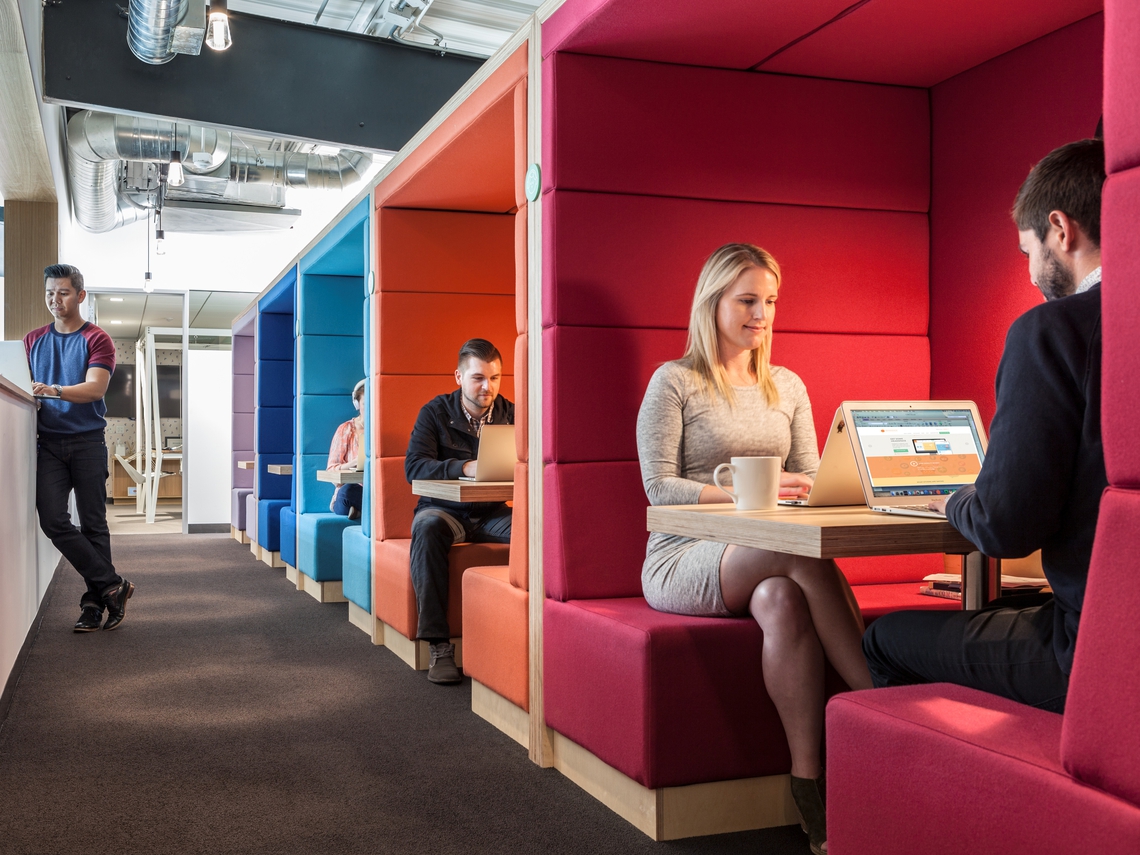
At its core, workplace design has always been human-centric, but now with different goals. As businesses encourage a hybrid workforce to choose the office over working remotely, an environment designed to facilitate sharp efficiency has grown into one that enhances the employee experience, with authentic enjoyment, emotional security and support as the key deliverables of the workplace.
These changes have set the tone for the next few years, with workspace design has once again been proven as a great tool to help corporations achieve their goals and build a workplace of the future on a fully functional emotional landscape.
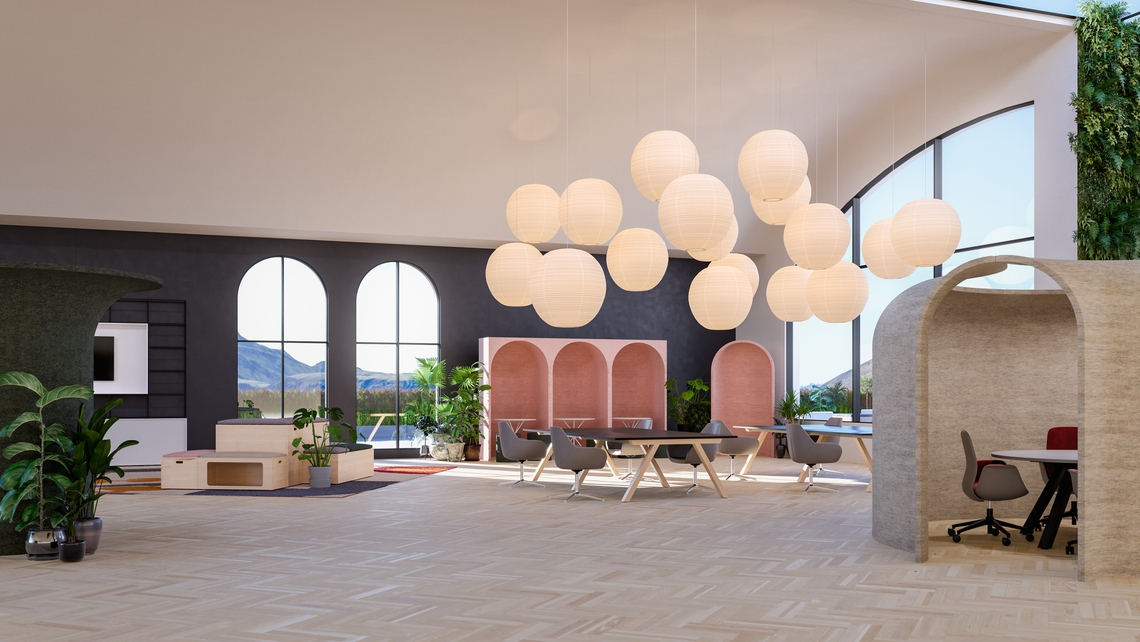
Designing for Emotional Safety
Health and physical safety are considered regularly in workspace design, with offices legally required to have robust security measures, COVID protocols and fire safety, but how can the built environment prioritise emotional security?
It’s important to note that many emotional safety procedures happen at a policy level, with HR protocols around harassment, inclusion and accessibility, but great workplace design has a key role to play here to foster a psychologically safe and healthy work environment.

Considering design features such as locks can make individuals feel more secure at work. While locking features can be a great mechanism for emergency situations, they can also contribute to a feeling of being trapped, so careful consideration of these locks and panic alarms as an alternative can help to improve safety concerns for employees.
Using glass for walls and meeting rooms, such as with the Residence Meet, is another design feature that can improve emotional safety, granting visual access while still soundproofing for privacy. This also has the benefit of allowing more natural light to filter through office spaces, improving wellbeing. Zoning features such as the Palisades II can help to separate areas, while still offering full transparency.
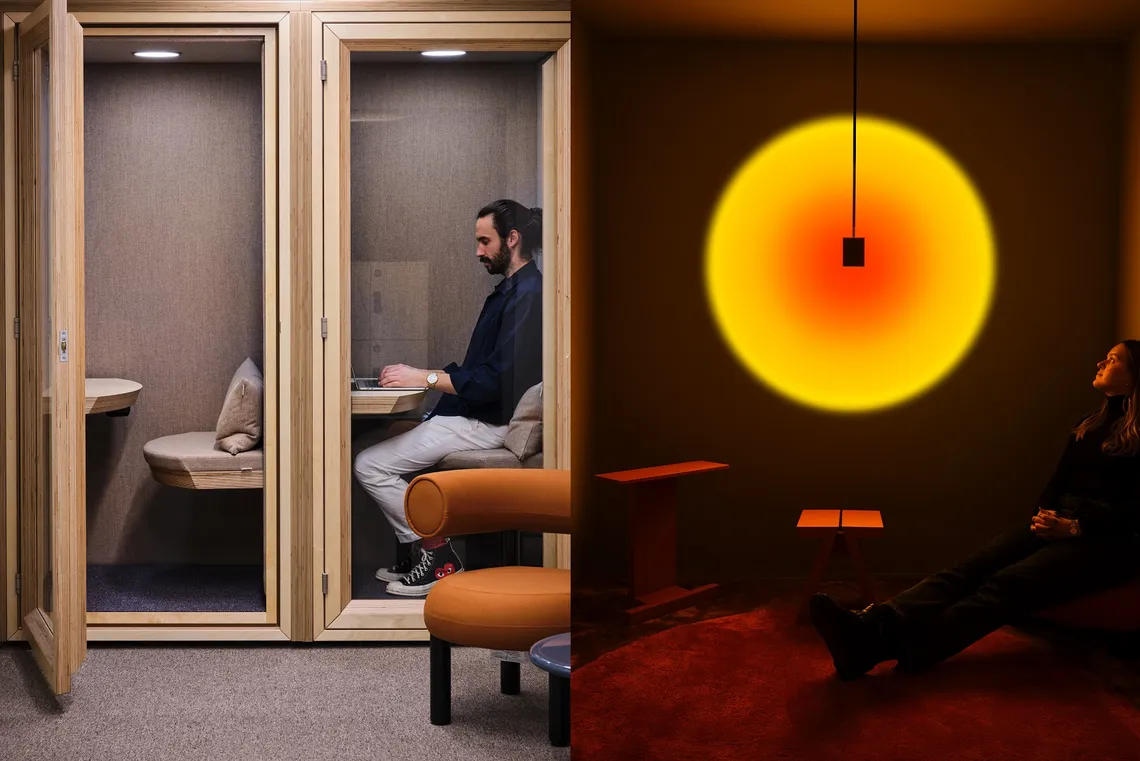
Supporting Psychology through Design Choice
Research into human wellbeing has proven that the workplace can contribute greatly to an individual’s physical and mental health, with this becoming more prominent post-pandemic.
Gensler’s 2022 US Workplace Report found that workplaces which are both effective and offer a great, well-rounded employee experience offer a range of work settings from quiet zones and focus rooms to innovation hubs and maker spaces. Workspaces that present opportunity for creative collaboration and individual work boast the most effectiveness and give the best workplace experience.
This is no surprise, with the autonomy and flexibility for employees to choose how and where they work becoming a necessity rather than a benefit over the last few years, design choice in the workplace is no different, improving wellbeing and productivity.
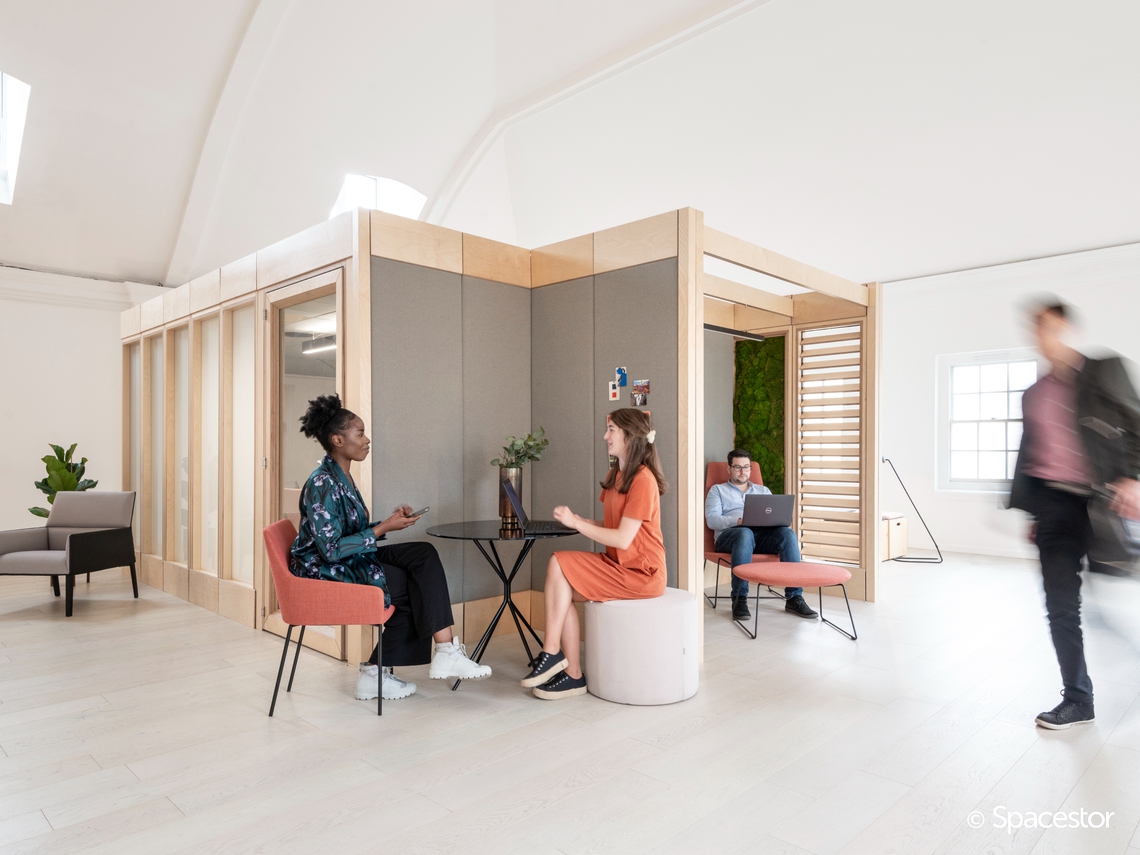
When employees are in environments that psychologically reinforce positive emotions such as trust, belonging and freedom creativity thrives, reducing stress levels which inhibits behaviours that lend themselves to collaboration, experimentation, producing innovative and creative work. Workplace design has a significant role to play in shaping this environment.
This design approach can be seen in Incremental Group’s new Glasgow office, where the Railway Carriage was used to help form breakout spaces for small meetings or focused work, remote from the office, but still inextricably connected.
Boasting similar psychological benefits, the use of colour, biophilia, and calming spaces for rejuvenation or meditation are becoming more prominent in workspace design.
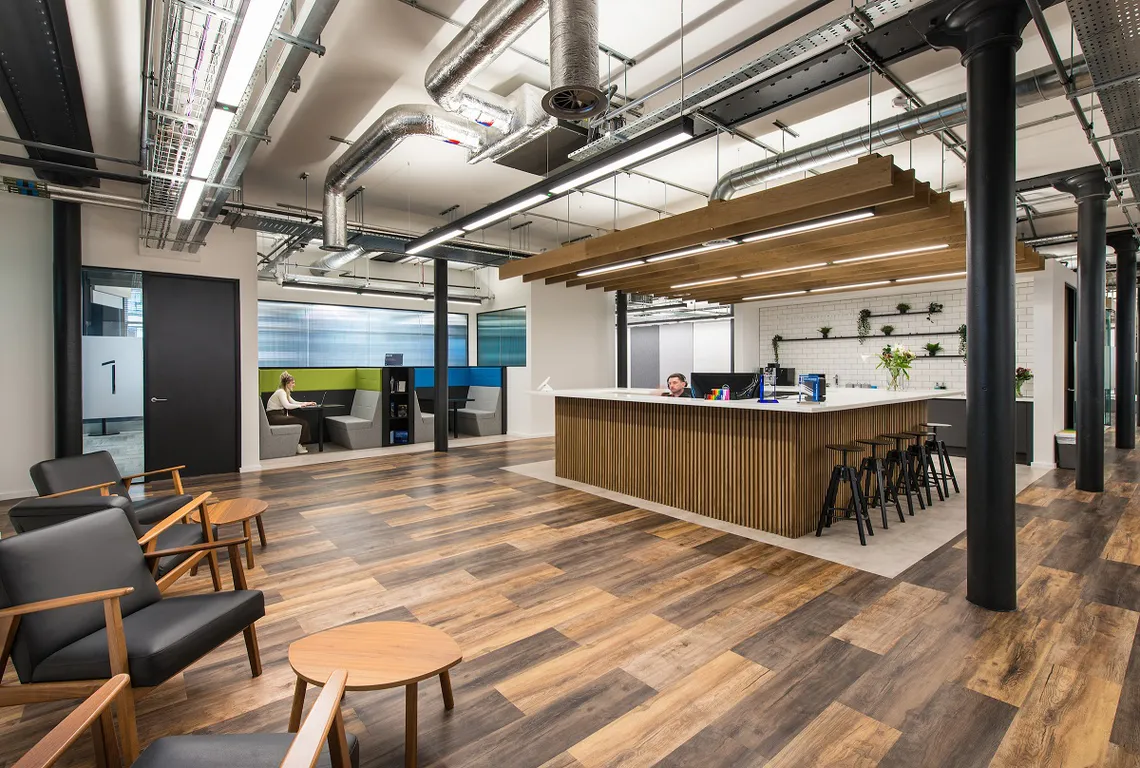
The Emotional Importance of Belonging
Humans are defined by their need for social stimulation. Fostering a healthy community is integral to a company’s success, and a distinct lack of is one of the main contributors to the mental health crisis that came out of the pandemic. A lack of identity, belonging and community made remote workers feel isolated and lonely, and as such, we’re seeing more workspaces place emphasis on socialisation as an experience multiplier.
Although the trend ushered in by Silicon Valley tech firms saw in-house bars, cafes, leisure and gym facilities in the early 2000s, the conscious decision for companies to market their offices as a destination space was largely a response to ‘The Great Resignation’, which came after society realigned their values after the pandemic. By offering amenities, the workplace became a genuine alternative to remote working, with community-based activity benefits that improved a sense of belonging, loyalty and fun.
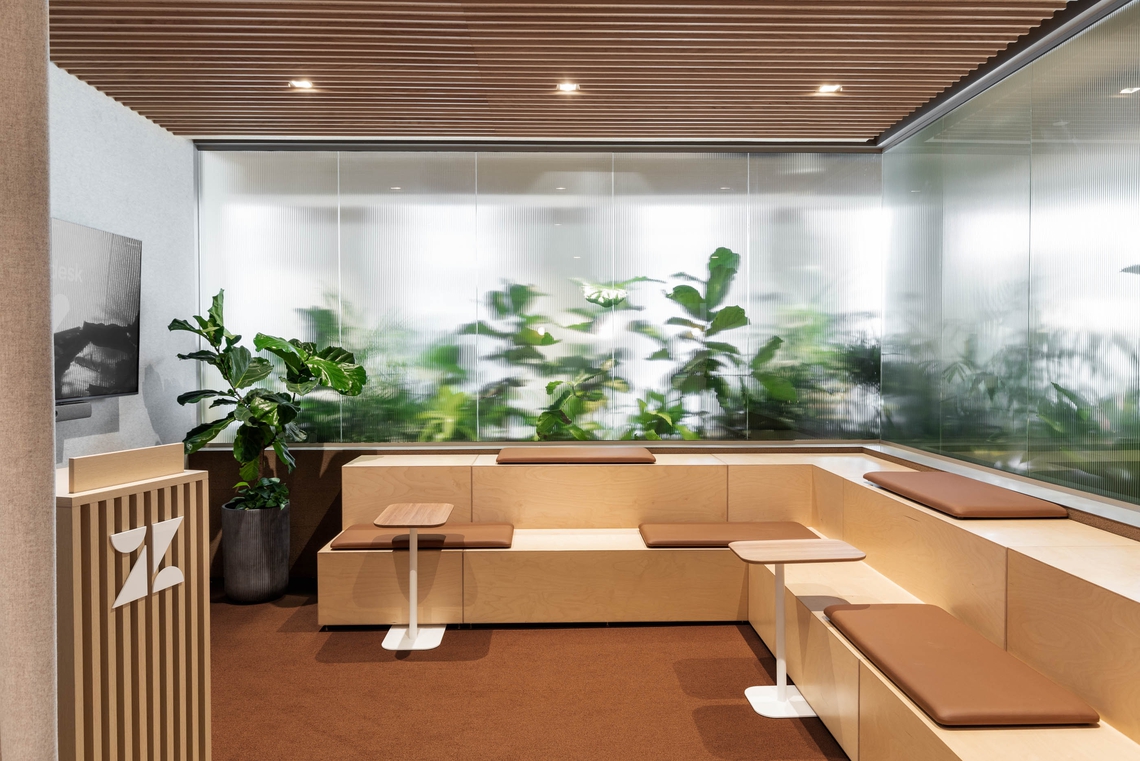
Designing for community means creating spaces that facilitate collaboration, using modular, reconfigurable furniture, such as the Bleachers that allows for impromptu team huddles and chance encounters from a workforce that is now predominantly hybrid.
Belonging to a place of work requires a strong company culture. Imperative to this is a great sense of brand identity, which design can help businesses convey through its use of aesthetics. This is prominent in T-Mobile’s Kansas HQ2 offices, where the use of brand colours, supported by Spacestor’s HotLockers helps to create a strong identity in the work environment, exuding an atmosphere of free-spirited fun, passion, and cheerfulness - everything their brand is.
This prominent branding encourages positive emotions and workplace culture for the workforce, clients and partners, creating a community feel throughout the environment.
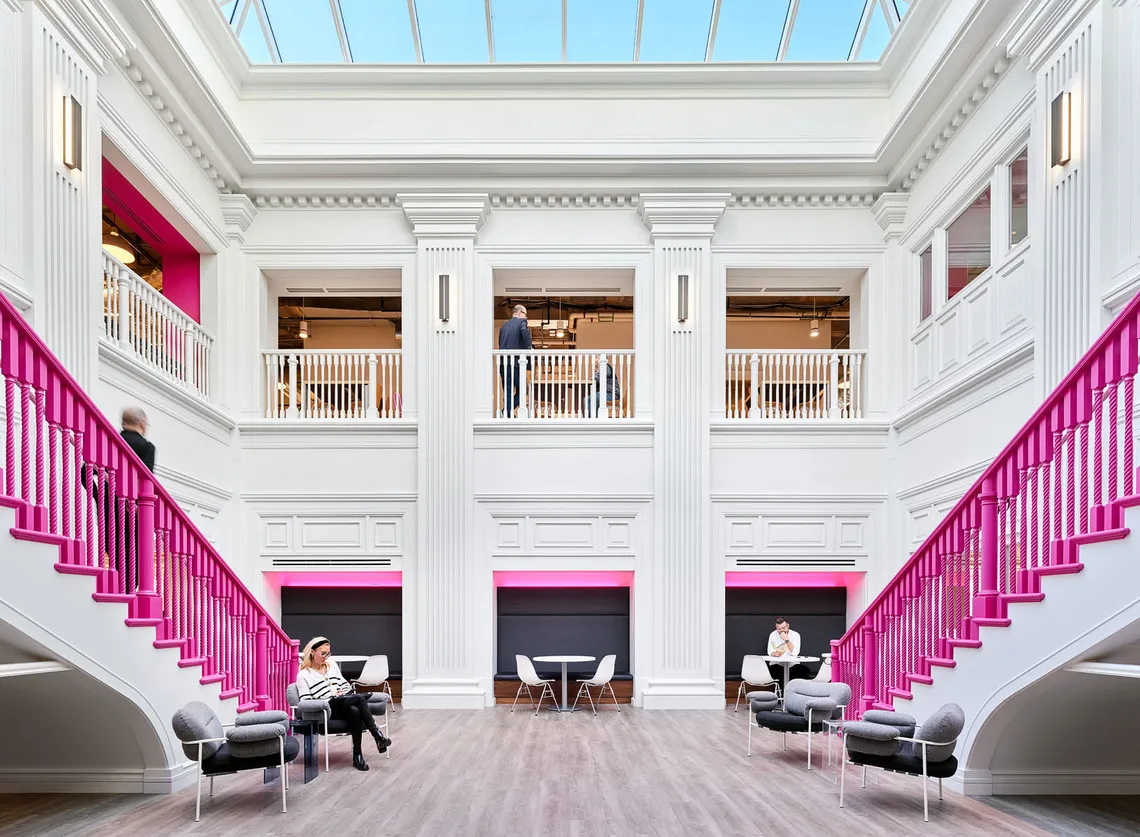
The workplace landscape is changing, becoming a force for positive emotions and creating an experience that supports their wellbeing and adds value to individual’s lives. Today, the workplace is a tool to promote a lasting sense of wellbeing, encouraging employees to bring their whole selves into work - not just the parts of them which produce profit - leading to engaged, productive, healthy and happy employees.
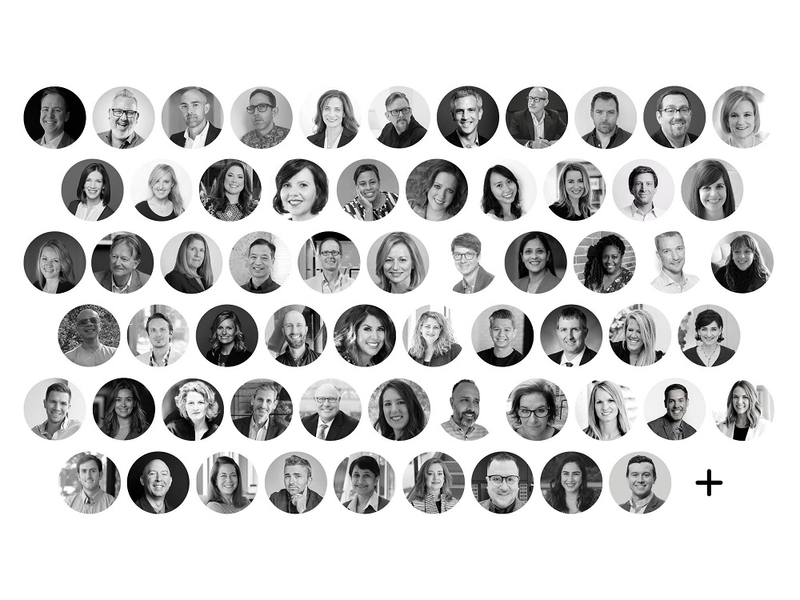
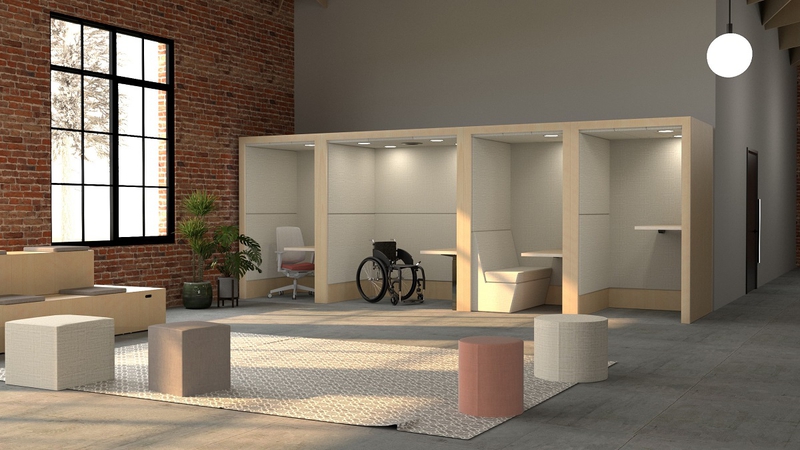
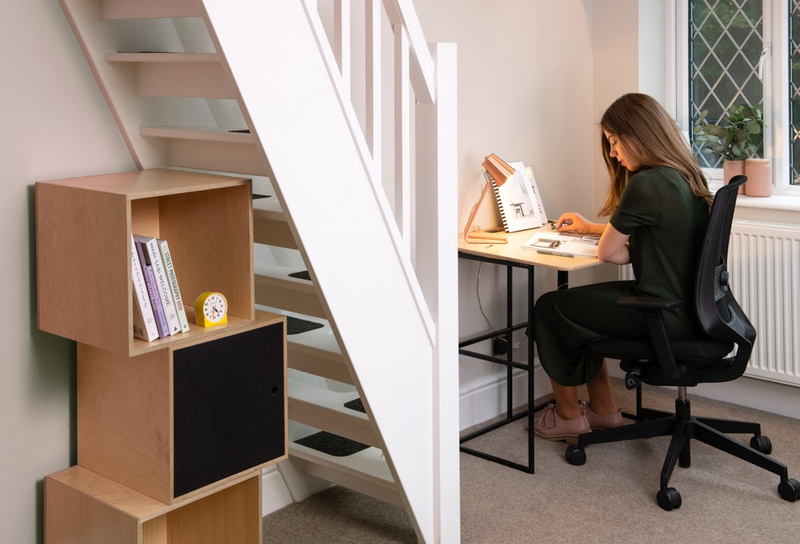



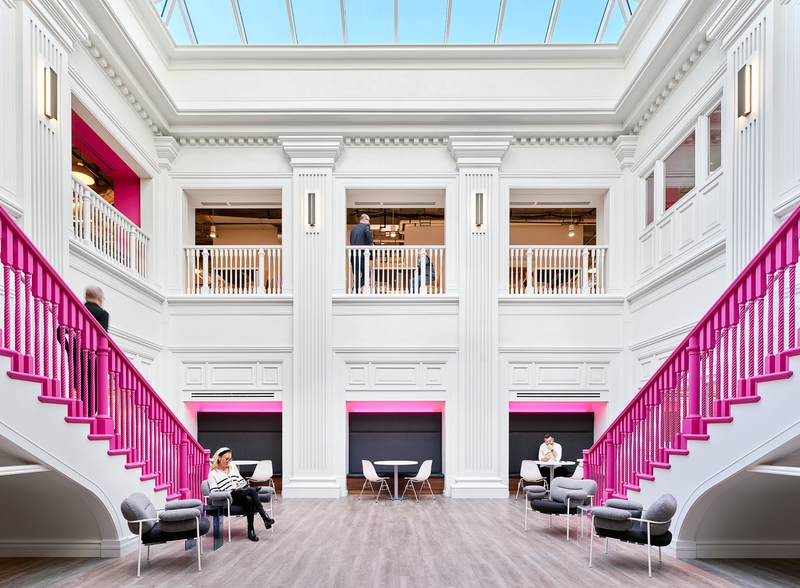
Exuding an atmosphere of free-spirited fun, passion, and cheerfulness.
TECHNOLOGIE & INFORMATIQUE
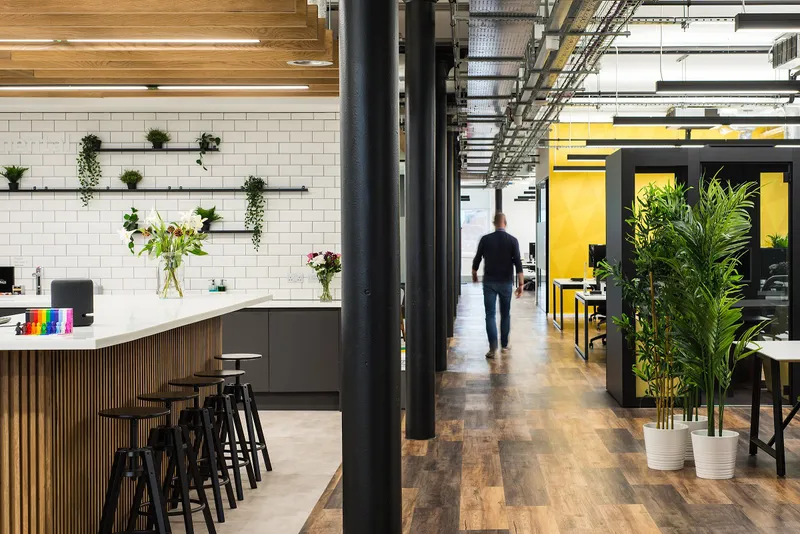
Statement black, pops of color and biophilic inspired details, the interior affords an inspirational experience
TECHNOLOGIE & INFORMATIQUE

Neutral but bright, calm but dynamic - in this space paradox makes sense and works fluidly in a stunning workplace expe…
IMMOBILIER